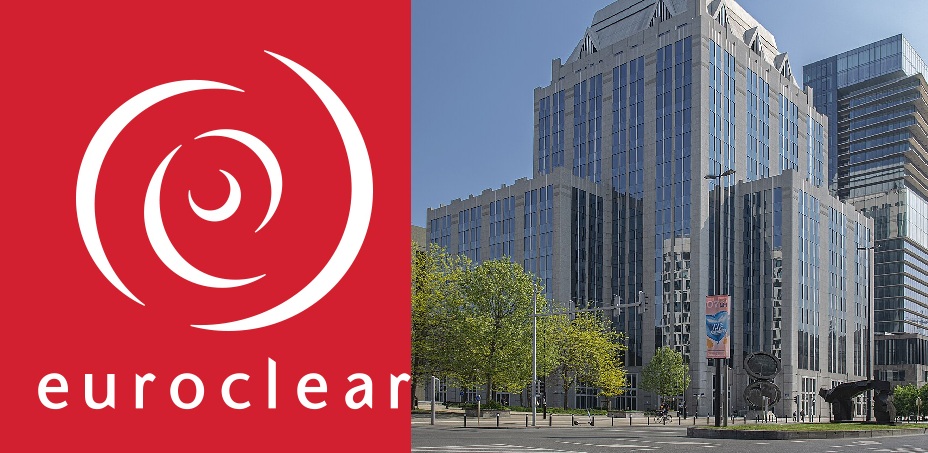One of the lesser-discussed features of COP26 was the International Union for the Conservation of Nature (IUCN), announcing a project to protect the biodiversity and sustainable use of oceans around the world through the Great Blue Wall Initiative.
The largest conservation-focused group in the world, the IUCN is working to unite existing efforts in countries that depend on what’s called the “Blue Economy” for prosperity, such as the Seychelles or Tanzania. The Great Blue Wall will establish a first-of-its-kind connected network of seascapes that will conserve, provide, and protect, and the inaugural brick in the metaphorical wall was laid by Tanzania.
The Tanga-Pemba Seascape was announced at an event at the Embassy of Ireland in Tanzania, which has a long history of working in coastal conservation in the country. Their goals are to cultivate, restore, and than conserve, an area of rich marine ecosystems between Zanzibar and Tanzania, before creating seaweed-sea cucumber aquaculture within an existing pair of marine protected areas to ensure that people can pursue and improve their livelihoods in a sustainable manner.
The Great Blue Wall seascapes will be composed of conserved and restored ecosystems that shelter communities from the impacts of climate change, help biodiversity recover, and develop a regenerative blue economy to create millions of jobs.
“The beauty of the Great Blue Wall initiative is that it is not a far-fetched chimera but an actionable ambition because we already have building blocks in place,” said Flavien Joubert, Seychelles Minister for Agriculture, Climate Change and Environment. “It is a matter of accelerating and scaling up these national actions and catalyzing investment towards this grand initiative”.
IUCN reckons the initiative can support 70 million sea-going livelihoods. Their hope, in line with Joubert’s understanding of the situation, is that the seascapes will represent opportunities to restore critical marine ecosystems, like coral reefs, seagrass meadows, and mangroves, for it’s these rich ecosystems that provide the most economic benefit for local communities.
The Great Blue Wall is focused in the Western Indian Ocean, which contains very impoverished communities in countries like The Seychelles, Comoros, Tanzania, Mauritius, Mozambique, Madagascar, and Somalia. Countries which are poorer tend to produce worse conservation outcomes, and ensuring a family-head can put food on the table is one of the surest ways to protect wildlife and wild areas.
The IUCN has already shown that boosting the quality of the biodiversity and structure of natural Indian Ocean ecosystems was able to provide sustainable work for low-income women in Zanzibar.
The Great Blue Wall was probably the second-biggest piece of news for oceans coming out of COP26. Ecuador announced a Lake Michigan-sized marine protected area to be added to the Galapagos Marine Preserve, protecting an underwater super highway of sharks, turtles, whales, manta rays, and more.


